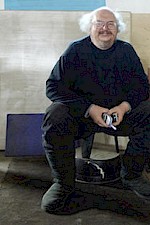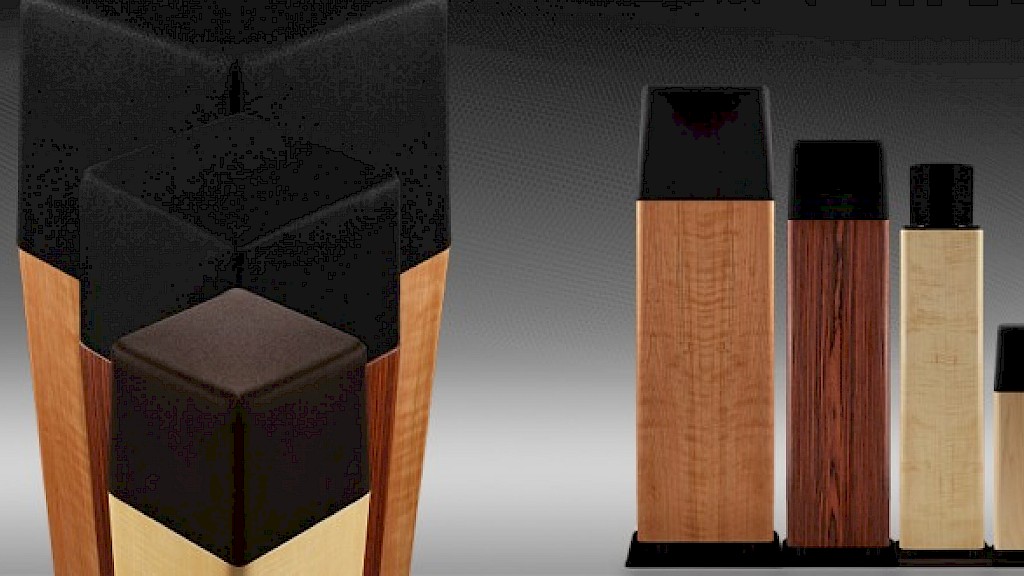Troubleshooting Walsh Speakers 101
Like cars and other devices – and even humans – stereo systems and their components age. This is true for virtually every part of a stereo system and being able to troubleshoot and fix or upgrade components will maximize the enjoyment of your system.
Speakers can last a very long time, but not forever. Many Walsh speakers are getting to be thirty and forty years old. All Walsh speakers over five years old can be upgraded to our current state-of-the-art technology. Most Walsh speakers 33 year old or younger can be fixed at very modest cost. If you own a Walsh speaker that doesn’t sound as good as you remember or have the opportunity to buy an old model at a good price because it is not sounding perfect, it is well worth the investment to do the repair or upgrade.
How much will it cost?
The cost will depend on the model, the problem and your decision to upgrade or to repair. All this information is available on our website under Legacy Products. Ohm does not, nor ever did, repair the original Ohm A, F and G drivers. We just replaced the defectives with new drivers off the production line. Now, long after production has been discontinued, we offer only upgrades to the latest technology. You will enjoy the 35+ years of improvements at half the price of all-new Walsh speakers. For the Walsh 2 through the Walsh Mk-3 Series, we do both repairs and upgrades. Repairs will get you as-good-as-new or even better-than-new performance for a modest investment.
Troubleshooting to determine what needs repair
If only one of a pair of speakers is sounding bad, it is usually easy to determine the source of the problem. First, swap the speakers from channel to channel. Disconnect the wires from both speakers at the speaker. Swap the speakers from channel to channel and reattach them. Listen to them again. If the problem stays in the channel, your speakers are fine and you’ll need to look elsewhere for the source (interconnect cables are usually the culprit, in my experience.) With the Sound Cylinder series, if the problem stayed with one speaker you need to send in that bad speaker. For all others, if the problem stays with the speaker, more research is needed – along with a little courage with a screwdriver.
Now, swap the drivers from cabinet to cabinet. This usually requires removing some screws or knobs plus some clips in the wires and then reinstalling them on the other cabinet. If the problem moves with the driver, please send us both drivers. We will test the good one, repair the bad one and then match them to each other closer that they were originally (we have learned how important matching is for great imaging). If the problem stays with the cabinet, more research is needed.
If the cabinet has switches on it to control the speaker’s balance, please work the switches back and forth a few dozen times. We use self-cleaning switches and any oxidation over time can be usually repaired by this technique. If the problem is gone, reassemble the speakers and enjoy the music. If the cabinets do not have switches, or if the self-cleaning does not solve the problem, more research is needed.
Most of the Walsh speakers made in the last fifteen years have simple input cups that are mounted with screws. Some have SubBass Activators on the input cup that can be a source of problems. Remove the input cup and inspect the wires: anything loose or touching? If so, correct the problem. Is there a switch? If so, self-clean it as described above. Reinstall the input cups and test again. If the problem persists please call us at 800-783-1553 to go forward. Less than one time in fifty is the cabinet truly the problem and we need to discuss it with you.
Old Ohms almost never die if they get a little TLC every decade or so…
Enjoy & Good Listening!
John
Subscribe to Ohm News & Views to get the latest posts in your inbox
John Strohbeen Author
John Strohbeen was the President and Chief Engineer of Ohm Acoustics from 1978-2023.


